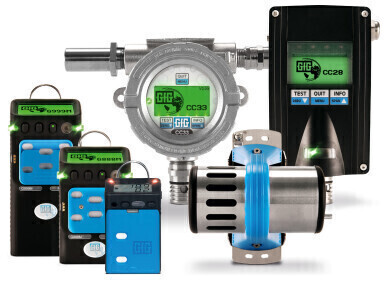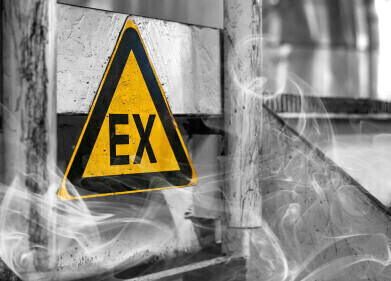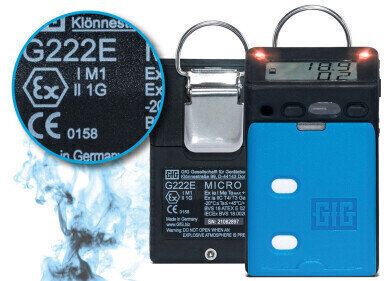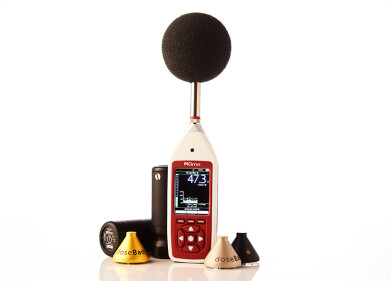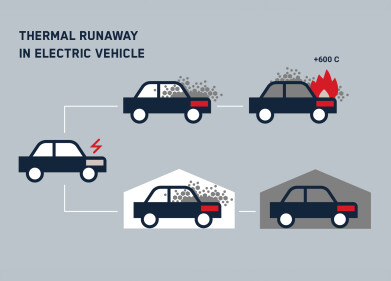Health & safety
What are ATEX guidelines and how do they increase your safety?
Dec 06 2023
When safety professionals talk about “ATEX certification” or “ATEX standards” what they really mean is the “European Directive 2014/34/EU for the distribution of explosion-protected electrical and mechanical equipment as well as components and protective systems” – and now you know why the abbreviated designation is so commonly used instead. The ATEX ("ATmosphères EXplosives”) guideline was devised to set a European standard of explosion protection and to ensure consistent quality in safety products.
It describes all relevant requirements surrounding explosion protection products themselves and their distribution. This includes essential health and safety requirements, obligations of manufacturers, importers and distributors as well as conformity assessment procedures and conditions for CE marking. The most important articles for those of you who are using safety equipment but not distributing them are those relating to CE marking and a product’s compliance with the directive.
If a device you are planning on buying is ATEX-certified, you can be sure that it has been tested meticulously to EU standards and is safe to use in potentially explosive areas.
What are the standards a device has to fulfill ATEX requirements?
To comply with the ATEX directive, explosion-protected equipment has to
- be marked with a CE mark
- hold the required hazardous area certification
- comply with a recognized performance standard (e.g. EN 60079-29-1:2007) for flammable gas detectors (application specific)
- have an EC Declaration of Conformity confirming that the essential health and safety requirements have been met and that the conformity assessment procedures have been followed
- come with an operating manual complying with the guidelines
Suitable devices are then marked with the ATEX logo (a hexagon containing the letters Ex) in a clearly visible place. The logo is usually located next to other regulative markings, such as the CE mark. The ATEX marking must also include the following information:
- Name and address of the manufacturer
- CE certificate
- Series name and type
- Serial number or fabrication number
- Year of manufacture
- Device group and category
Are you looking for explosion-proof gas detection devices?
If you clicked on this article, you are likely trying to find out more about explosion protection because you work with potentially explosive areas and need reliable equipment to ensure your teams safety. GfG offers a large range of ATEX certified gas detection devices for many different applications. Depending on your requirements, we can supply you with either portable gas detectors or fixed gas detections systems.
Portable gas detectors are small and handy devices used for individual protection while fixed gas detection systems consist of several transmitters, which measure gas concentrations in the air and then transmit the measured values to a central controller (evaluation unit).
For more information about the products we offer or a free consultation evaluating the specific requirements of your operation, please contact one of our specialists.
Digital Edition
IET 35.2 March
April 2025
Air Monitoring - Probe Sampling in Hazardous Areas Under Extreme Conditions - New, Game-Changing Sensor for Methane Emissions - Blue Sky Thinking: a 50-year Retrospective on Technological Prog...
View all digital editions
Events
Apr 21 2025 Shanghai, China
Apr 22 2025 Hammamet, Tunisia
Apr 22 2025 Kintex, South Korea
Analytica Anacon India & IndiaLabExpo
Apr 23 2025 Mumbai, India
Apr 23 2025 Moscow, Russia
